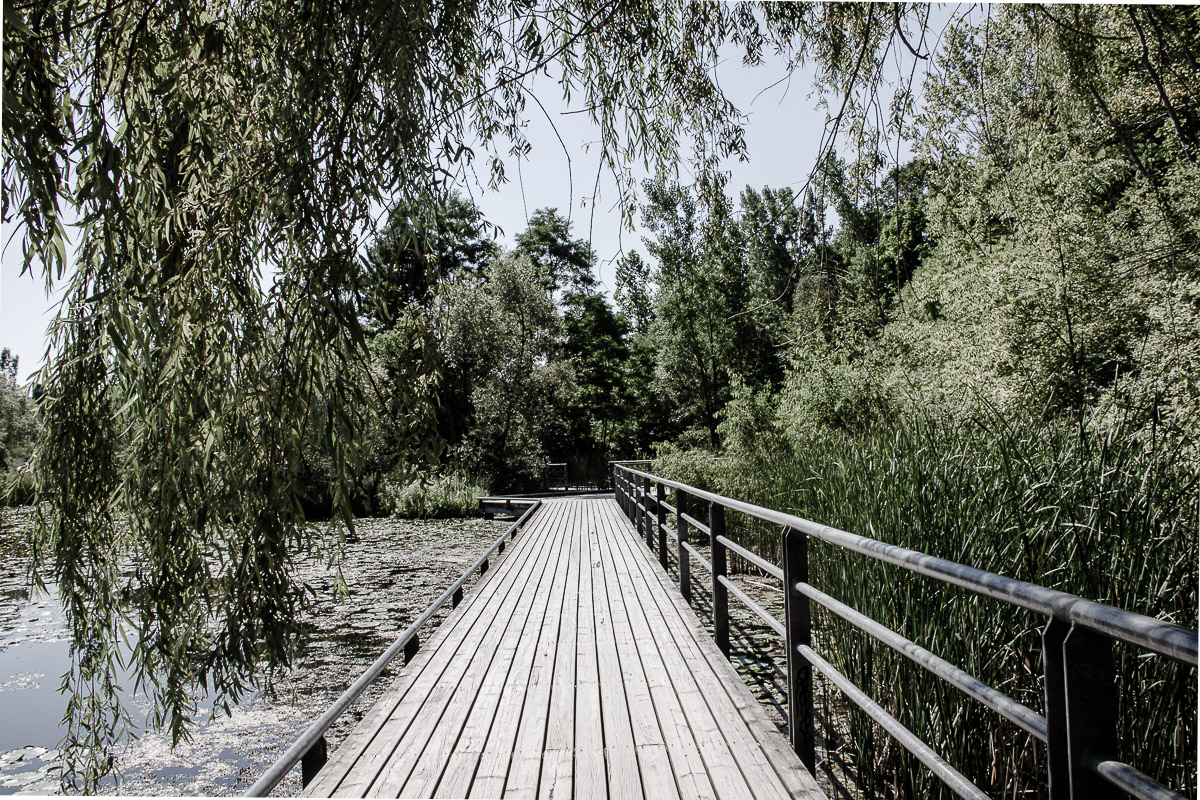Understanding our comfort zone is a valuable exercise for leading a satisfying life. Our comfort zone is a place where we feel safe and protected. It is an imaginary boundary we create for ourselves, defining what we consider acceptable and what is not. We are all creatures of habit, and our comfort zone represents our preferred state of being. Whether it’s our daily routine, dietary intake, or select social circle, our comfort zone encompasses all we have grown accustomed to doing and believing. However, staying within our comfort zone for too long can have consequences that we might not realize. Understanding our comfort zone, what lies buried within it, and how stepping out of it can lead to a life filled with enrichment and enjoyment.
Defining Comfort
From fluffy duvet covers to sipping a warm cup of tea on a cold winter day, the word “comfort” brings a certain level of nostalgia and reminiscence to mind. But why? We’re at ease and free from stress and tension when we’re comfortable.
Learning How to Grow
When we are feeling relaxed and comfortable, our protective walls have come down, and we are open to the situation in front of us. Fear has often left the building when we think of comfort. When we are in a state of comfort, we feel settled, secure, and confident in our abilities. The concept of comfort and relaxation is something we all crave, and it’s no surprise that we’re always trying to find ways to incorporate it into our lives. However, as much as we love our comfort zones, we must be mindful that staying in this state can also limit our potential for growth.
Oliver Page mentions that “Across every life domain, everyone’s zones vary in size. To leave your comfort zone, you must appreciate its outer limits. Similarly, you must develop an intuitive sense of where your panic zone lies. Taking on challenges that lie somewhere in between will stretch you, leading to growth and learning.”
Don’t Panic
Now, let’s look at the opposite. When the word uncomfortable surfaces, a whole slew of things that make us uneasy and unsettled come to mind. Sure, public speaking or coming face-to-face with a polar bear would be nerve-wracking to most, but let’s take away the obvious items and dive into the more subtle notes of discomfort. Leaving your comfort zone means putting yourself in a position of vulnerability. You become unsettled, unsure, and often fearful of the unknown. But don’t panic. It may not be easy to push past your limitations (perceived or otherwise), but the rewards are well worth it.
So, the next time you find yourself feeling uncomfortable, remember that it’s an opportunity for growth and take that first step outside your comfort zone.
Embracing the Discomfort
There is an uncomfortable gap between wanting to know how to do something and actually knowing how to do something. Whether learning how to play pickleball or the firefly pose in yoga, a certain amount of time (and effort) is required to understand the craft. Embracing discomfort in small steps can help you slowly bridge the gap between comfort and learning. This can mean taking a class, practicing with friends, or setting aside dedicated time to learn and grow. Taking small steps towards discomfort can gradually build your confidence and skill level without feeling completely overwhelmed. Remember that discomfort is not the same as fear. Take pride in your courage, and embrace discomfort as a necessary step towards growth and progress.
Remember, growth is a process, and it doesn’t happen overnight. It’s important to be patient with yourself and allow yourself the time and space to grow at your own pace. So, protect your comfort zone, but don’t be afraid to step outside of it every once in a while. The experiences you have will help you grow and become a better version of yourself.
Today’s Hashtag: Embrace
Reference:
Page, O. (2020, November). How to Leave Your Comfort Zone and Enter Your ‘Growth Zone.’ Retrieved from https://positivepsychology.com/comfort-zone/

